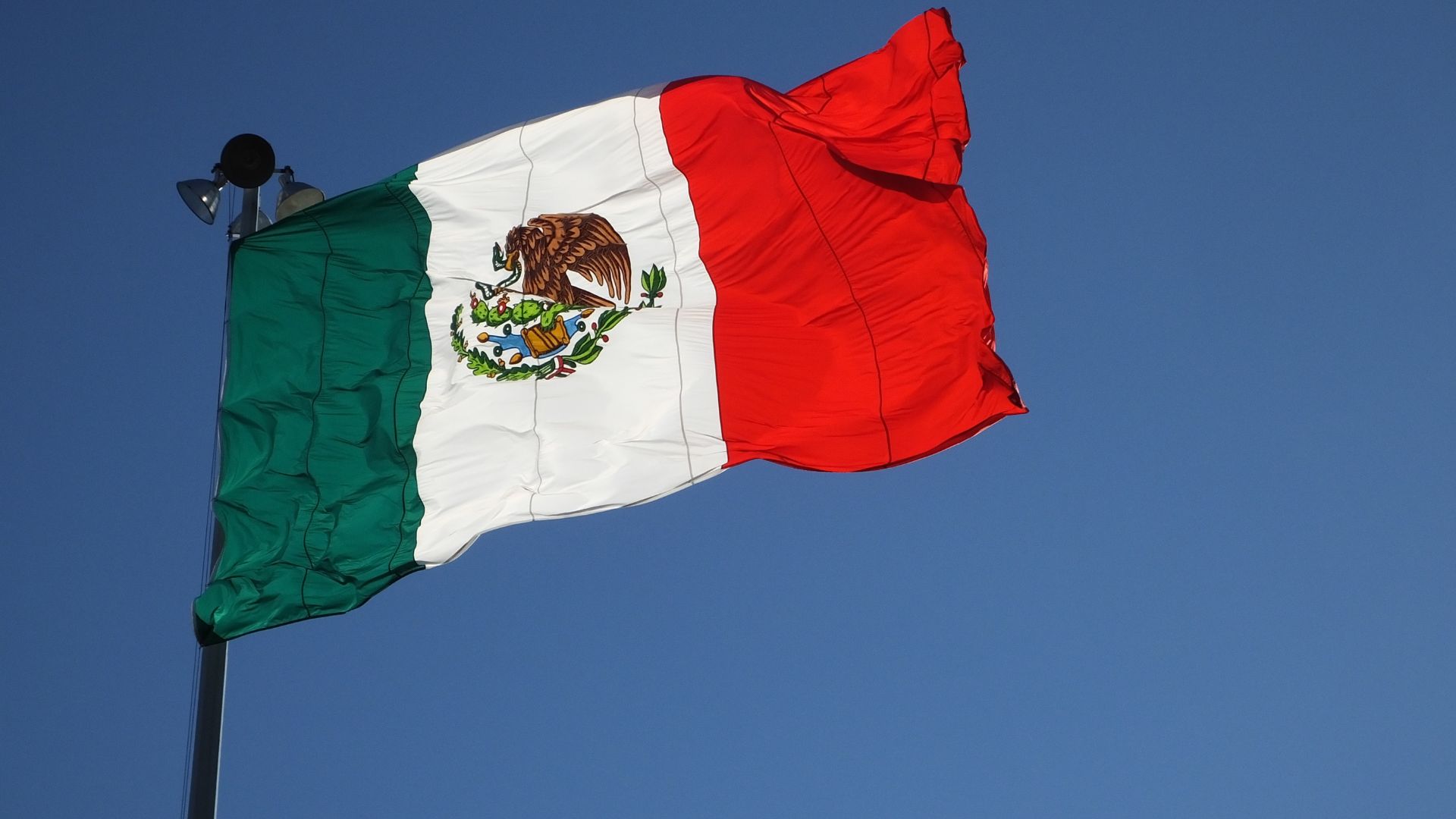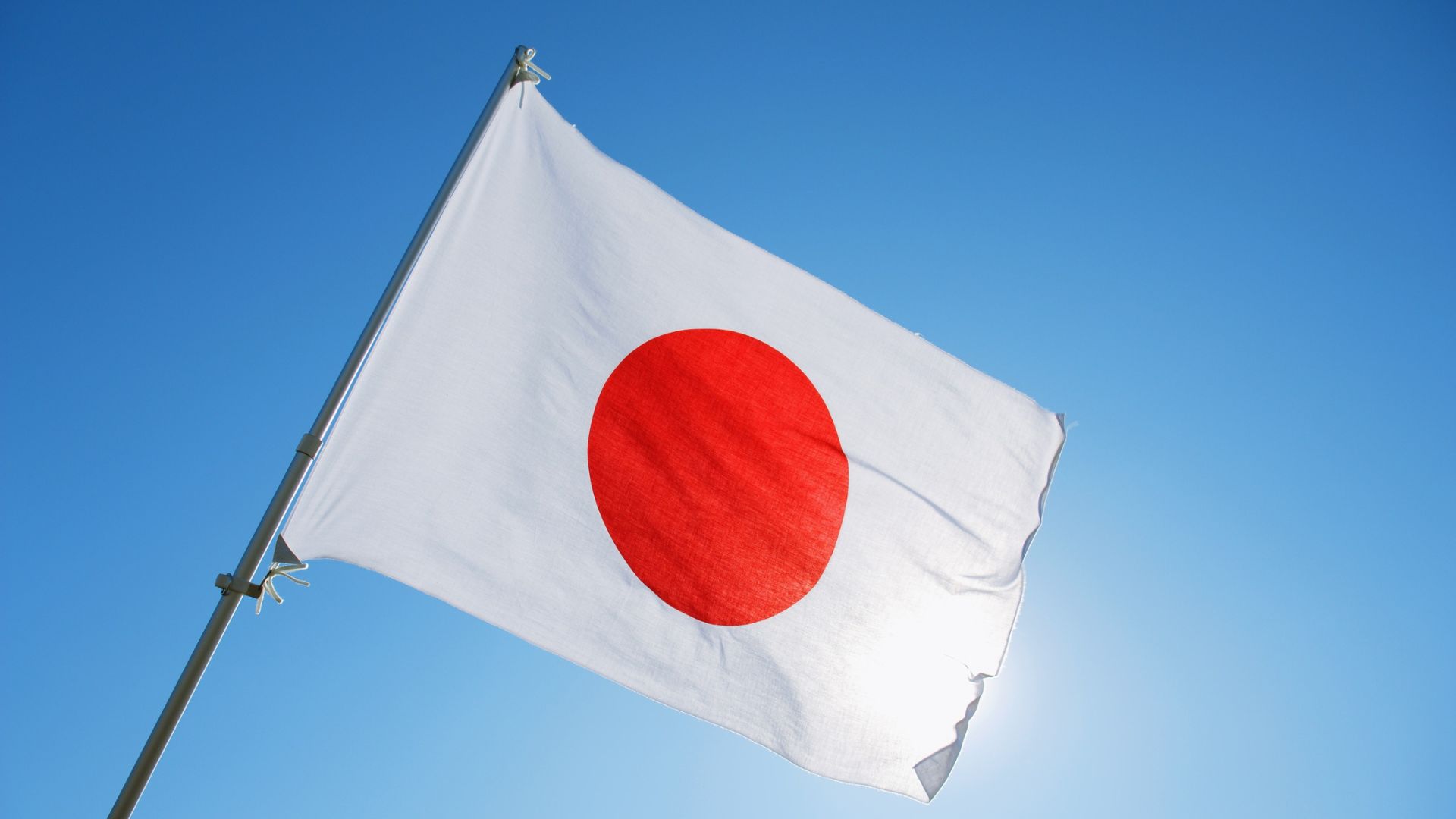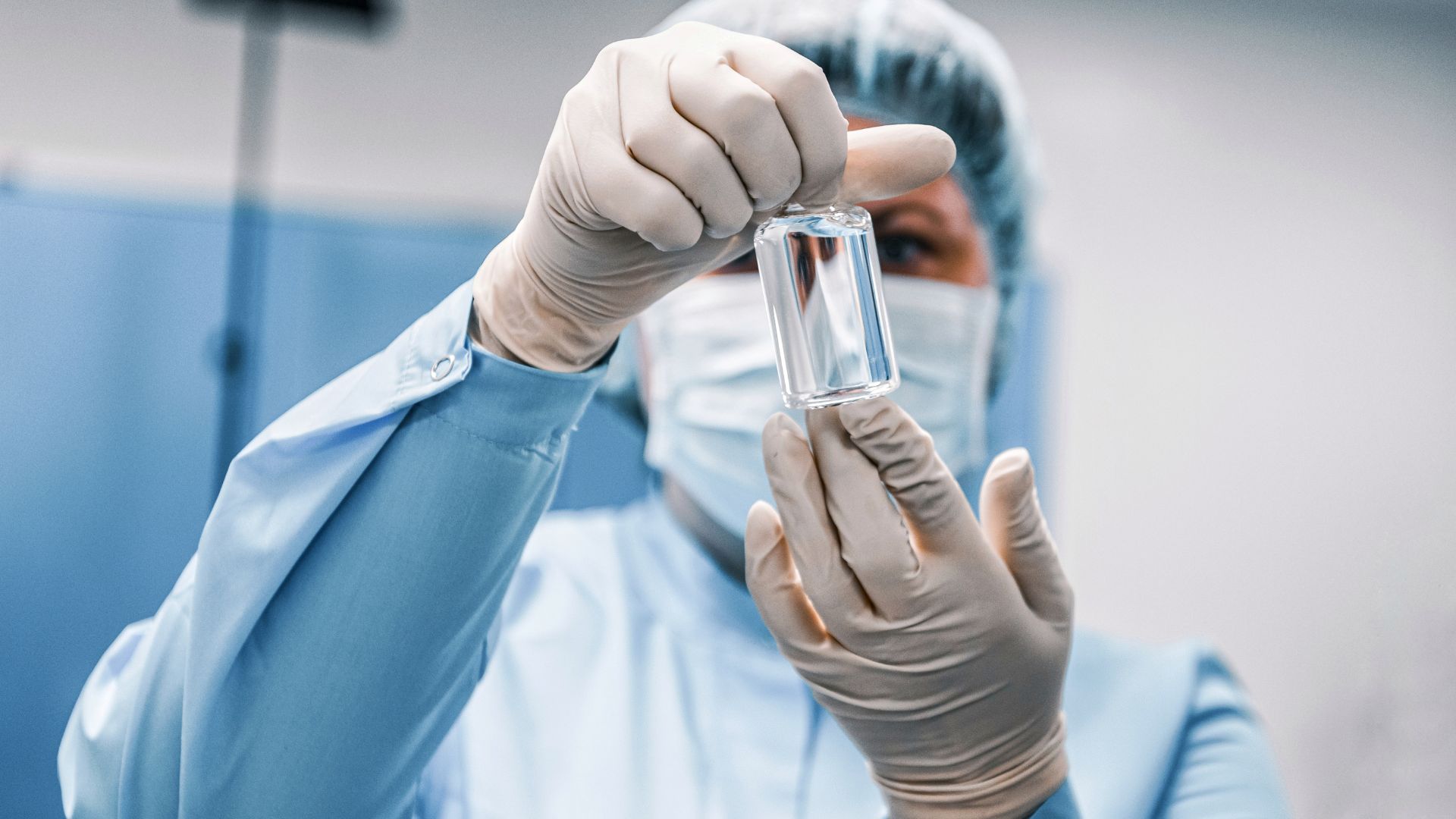
Where is the best place in the world for stem cell therapy? It’s a question many people are asking as the global search for safe, effective, and affordable regenerative medicine continues to grow. With rapid advancements in stem cell research, more patients are willing to travel for world-class care. But how do you know which destination truly delivers on safety, science, and results?
In this comprehensive guide, we’ll explore the leading countries for stem cell therapy, compare their offerings, and explain why Regenamex in Mexico has emerged as one of the top global destinations for mesenchymal stem cell therapy.
What Makes a Country the Best for Stem Cell Therapy?
Several key factors define the quality, safety, effectiveness, and accessibility of stem cell therapy in any given country. These include not only clinical and regulatory considerations but also the practical aspects of patient experience, cost transparency, and treatment outcomes. In order to determine where is the best place in the world for stem cell therapy, it is essential to look at the entire healthcare ecosystem that supports regenerative medicine in that country. This involves analyzing how stem cell sources are handled, the sophistication of treatment protocols, the regulatory oversight, and the accessibility of care for international patients.
Regulatory Environment – Countries with clear, progressive regulations allow clinics to offer cutting-edge therapies without unnecessary restrictions.
Quality of Stem Cells – The source and purity of mesenchymal stem cells (MSCs) are critical. Placental and Wharton’s jelly-derived MSCs offer superior safety and regenerative potential.
Cost and Value – High-quality treatments should be accessible, not overpriced. The best clinics offer transparent pricing.
Medical Expertise – Reputable clinics have experienced physicians and a track record of success.
Patient Experience – Ease of travel, safety, and personalized care contribute to overall satisfaction.
Now, let’s look at how the top destinations stack up.
Top Destinations for Stem Cell Therapy

1. Mexico
Mexico has become a global leader in regenerative medicine, offering highly advanced therapies at a fraction of U.S. prices. With a robust and evolving regulatory framework supported by COFEPRIS, Mexico has opened its doors to innovation in stem cell science without the bureaucratic delays seen in countries like the U.S. or Canada. Mexican clinics now routinely provide mesenchymal stem cell therapy using Wharton’s jelly and placental sources—widely regarded as the safest and most potent forms of MSCs. The country has cultivated a growing network of internationally trained medical professionals, modern facilities, and research-aligned protocols that deliver real results for a wide range of conditions, from orthopedic injuries to autoimmune diseases. Additionally, Mexico’s geographic proximity to the United States and Canada makes it a convenient and cost-effective choice for North American patients seeking alternatives to expensive or unavailable domestic treatments. With accessible pricing, reliable outcomes, and personalized care, Mexico continues to cement its reputation as the best place in the world for stem cell therapy.
Pros:
Affordable pricing starting around $2,500 USD
Legal and regulated use of mesenchymal stem cells
Placental and Wharton’s jelly-derived cells widely available
COFEPRIS regulation (Mexico’s FDA equivalent)
No waitlists or red tape
Notable Clinics:
Regenamex (Puerto Vallarta & Tijuana): Known for exclusive use of ethically sourced, ISO-certified MSCs and personalized protocols.
 2. Panama
2. Panama
Panama was once considered a pioneer in the stem cell therapy space, gaining international recognition due in part to high-profile endorsements, including from celebrities like Mel Gibson, whose personal testimonial about his father’s treatment brought the country into the spotlight. Panama’s early adoption of mesenchymal stem cell research, particularly through institutions like the Stem Cell Institute, helped position it as a global innovator in regenerative medicine. The country became known for its work in treating chronic conditions and degenerative diseases, attracting patients from the U.S., Canada, and Europe. However, while Panama initially held a leading position, the high cost of treatment and limited innovation in recent years have caused it to lose ground to more accessible and progressive countries like Mexico. Despite its strong scientific foundations, Panama’s current pricing structure and lack of flexibility in patient protocols make it less favorable for those seeking cost-effective care.
Pros:
Long-established clinics
Familiarity in international medical tourism
Cons:
Outdated and expensive pricing models (often $25,000+ per treatment)
Limited transparency
Not ideal for budget-conscious travelers
 3. Germany and Switzerland
3. Germany and Switzerland
These countries offer stem cell therapy within strict EU regulations, which means all therapies must meet rigorous safety and scientific validation standards. Germany and Switzerland, in particular, are known for their precision medicine and highly advanced clinical infrastructure. Patients seeking stem cell therapy here can expect meticulous protocols, physician-led care, and adherence to the highest ethical norms. Clinics in these nations often collaborate with university hospitals and biotech research hubs, ensuring that the therapies align with the latest findings in cellular biology. However, because of the regulatory stringency, access to mesenchymal stem cell treatments is usually limited to clinical trials or specific applications under narrow approval conditions. This makes Germany and Switzerland more suitable for patients involved in scientific studies or those willing to pay premium prices for boutique regenerative care.
Pros:
Advanced technology
High medical standards
Cons:
Very expensive (often over $50,000)
Limited access to MSCs unless part of clinical trials
 4. United States
4. United States
Despite being a hub of biotech innovation with some of the most advanced research institutions and pharmaceutical companies in the world, U.S. patients often face significant restrictions when it comes to accessing stem cell therapy. The FDA’s current regulatory framework permits only a very limited number of stem cell-based treatments, and most therapies that show promise internationally are still categorized as experimental within the U.S. healthcare system. This means that patients often have to wait for years for clinical trial approval or seek alternative treatment options abroad. Moreover, the cost of even the limited legal therapies in the U.S. can be prohibitively high, with little to no insurance coverage, leaving patients frustrated and without viable options. These limitations have led many Americans to explore medical tourism destinations like Mexico, where high-quality mesenchymal stem cell therapy is not only more affordable but also more accessible under progressive regulatory oversight.
Cons:
FDA only approves a narrow scope of uses
Many treatments are considered experimental and thus unavailable
Very high cost for limited therapy
 5. Thailand
5. Thailand
Thailand is a growing player in the field of regenerative medicine and stem cell therapy. Known for its world-renowned medical tourism industry, Thailand offers modern hospital infrastructure, English-speaking specialists, and comprehensive packages tailored to international patients. Stem cell therapy in Thailand is often provided through private hospitals and wellness centers that focus on orthopedic conditions, cosmetic procedures, and anti-aging therapies. While pricing can vary significantly depending on the clinic and treatment scope, costs generally fall in the mid-range compared to the U.S. and Europe. However, transparency around sourcing and regulatory clarity is still developing in some regions of the country.
Pros:
Established medical tourism industry
Competitive pricing and luxury recovery settings
Advanced private clinics
Cons:
Limited availability of Wharton’s jelly MSCs
Inconsistent regulatory enforcement
Less known for autoimmune or chronic condition protocols
 6. Japan
6. Japan
Japan has positioned itself at the cutting edge of regenerative medicine, with a strong emphasis on innovation and government-backed clinical research. The country passed expedited approval pathways for regenerative treatments in 2014, enabling faster patient access to stem cell-based therapies. Japanese clinics often focus on age-related conditions, neurodegenerative diseases, and advanced cellular therapies using both autologous and allogeneic sources. However, stem cell therapy in Japan is usually part of an experimental or clinical trial framework, and access can be restricted to residents or long-term participants in medical studies.
Pros:
Pioneering research and development
Government-regulated approval pathways
Focus on high-complexity medical conditions
Cons:
High cost for private access
Limited availability for foreign medical tourists
Most therapies still in trial phase

Why Regenamex Is One of the Best Clinics Worldwide
Regenamex has quickly risen to global prominence thanks to its unique blend of cutting-edge science, compassionate patient service, and affordable, transparent pricing. As a premier stem cell therapy provider operating in both Puerto Vallarta and Tijuana, Regenamex has become a trusted name among patients seeking mesenchymal stem cell treatments from ethical sources. With an unwavering focus on delivering world-class regenerative care, Regenamex has built a reputation for excellence not only because of the quality of its stem cells, but also due to the comprehensive and individualized approach it takes with each patient. From the moment you inquire to the final follow-up, the Regenamex experience reflects professionalism, medical precision, and a heartfelt dedication to healing. Here’s what sets it apart:
Ethically Sourced MSCs from Placenta and Wharton’s Jelly
Regenamex exclusively uses mesenchymal stem cells from placental tissue and Wharton’s jelly, avoiding less potent or controversial sources like adipose or bone marrow. These MSCs are known for:
Strong anti-inflammatory properties
High safety profile
Ability to modulate the immune system
Promoting cellular repair and regeneration
Expert Medical Team
All therapies are administered by licensed doctors under COFEPRIS guidelines, with pre-treatment medical screening and post-treatment follow-up.
Personalized Treatment Protocols
Rather than a one-size-fits-all injection, Regenamex develops patient-specific plans. These can include IV infusions, local joint injections, or spinal applications depending on the condition.
Affordable, Transparent Pricing
Regenamex treatments start at $2,500 USD for joint injections and $7,500–$12,000 USD for full-body regenerative programs—with no hidden fees. Compared to U.S. and Panamanian prices, it’s significantly more accessible.
Prime Locations: Puerto Vallarta & Tijuana
With treatment centers in Puerto Vallarta (a beach destination with international airports) and Tijuana (steps from San Diego), Regenamex makes it easy for North American patients to receive care.

Real Patients, Real Results
Still wondering where is the best place in the world for stem cell therapy? The results speak for themselves. At Regenamex, patients from the U.S., Canada, and Europe aren’t just receiving care—they’re reclaiming their lives. With comprehensive treatment protocols and premium-quality mesenchymal stem cells, Regenamex has helped thousands of individuals avoid surgery, reduce dependency on medications, and return to active lifestyles.
Patients have reported:
Relief from joint pain, including conditions like knee osteoarthritis and hip degeneration
Improved mobility and recovery from orthopedic issues like ACL tears, rotator cuff injuries, and herniated discs
Faster recovery from surgery or injury
Reduced symptoms of autoimmune conditions such as rheumatoid arthritis, lupus, and multiple sclerosis
FAQs: Where Is the Best Place in the World for Stem Cell Therapy?
Mexico, particularly clinics like Regenamex, offers the best combination of safety, science, and affordability.
Yes. Stem cell therapy is regulated by COFEPRIS, which oversees safety and ethical standards.
In the U.S., stem cell therapy is heavily restricted by the FDA and often not available unless part of a clinical trial.
Regenamex uses mesenchymal stem cells derived from placenta and Wharton’s jelly.
Prices start at $2,500 for joint therapy and $7,500–12,000 for full-body protocols.
Yes. Major cities like Puerto Vallarta and Tijuana are safe and popular for medical tourism.
Results vary by condition, but many patients report long-term improvement.


